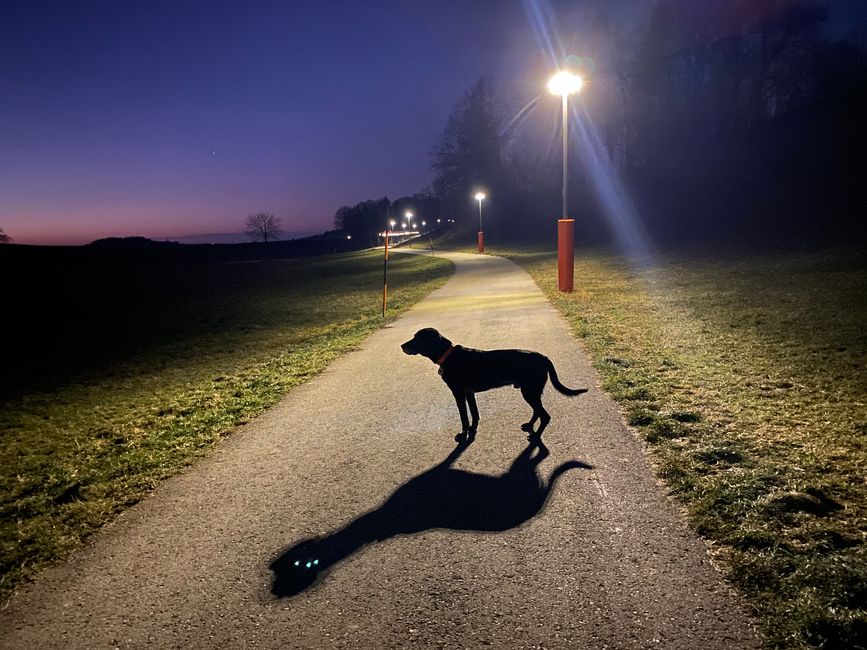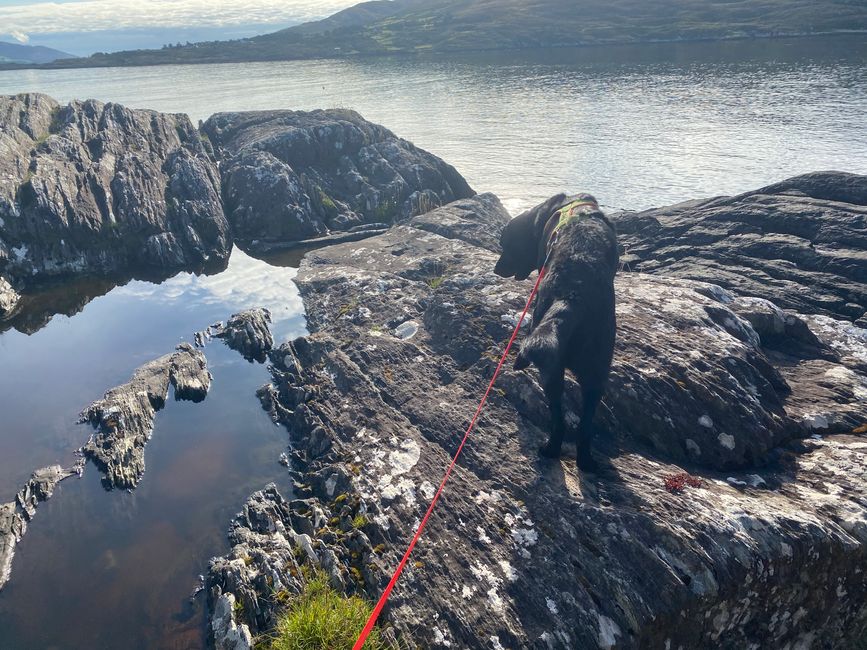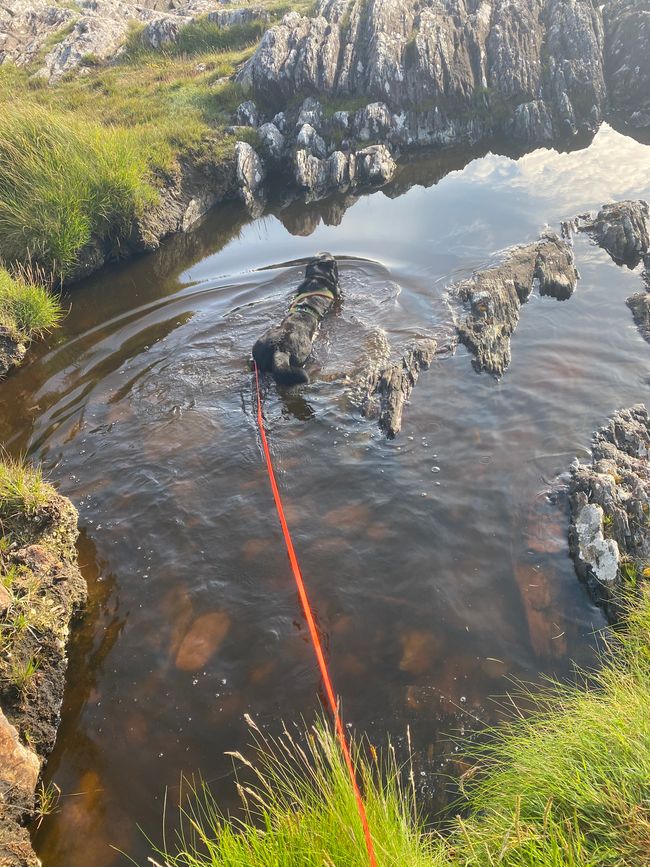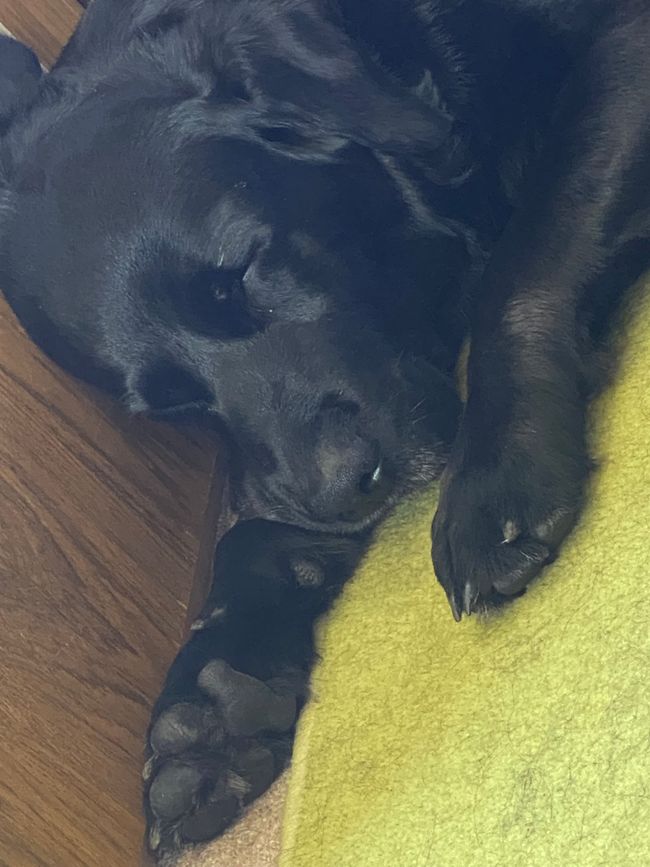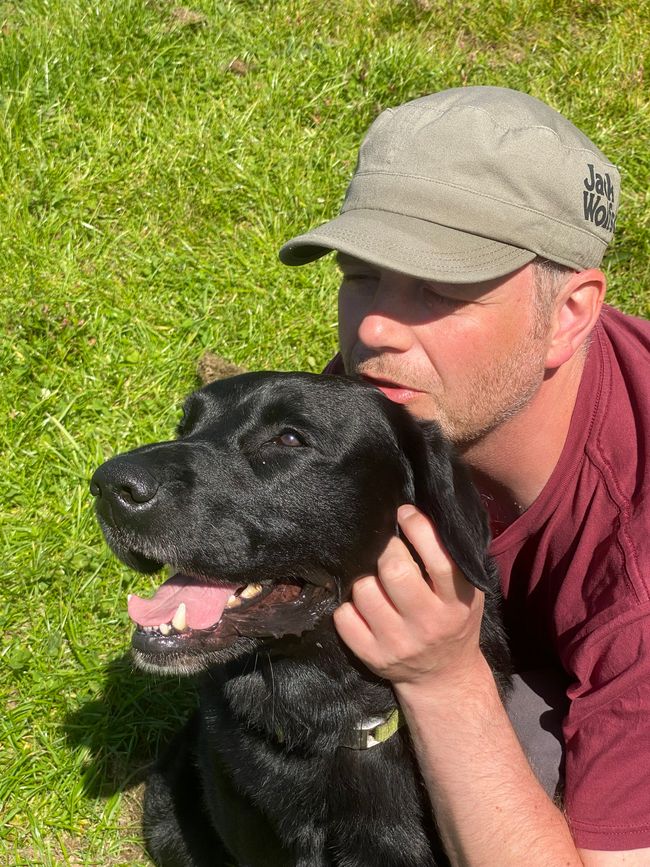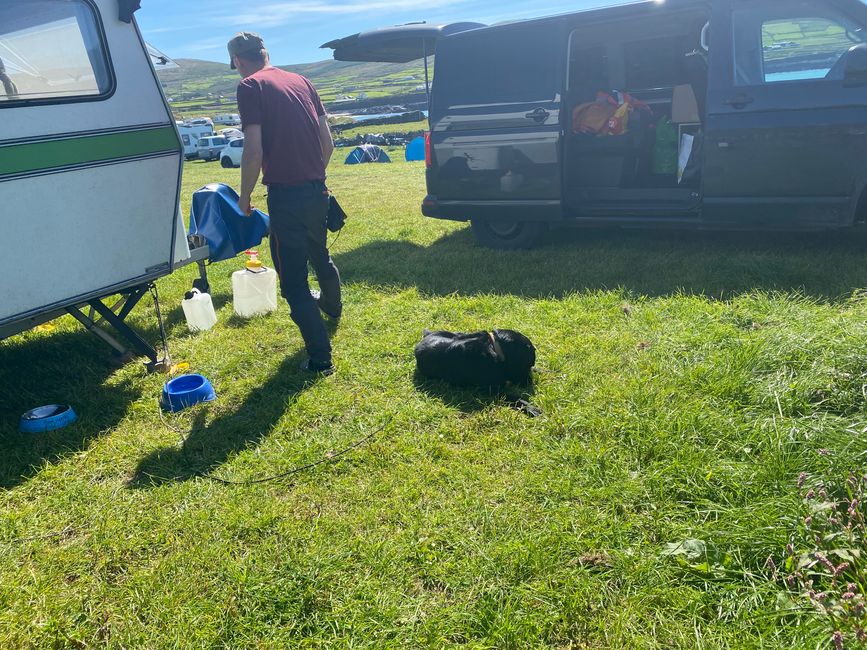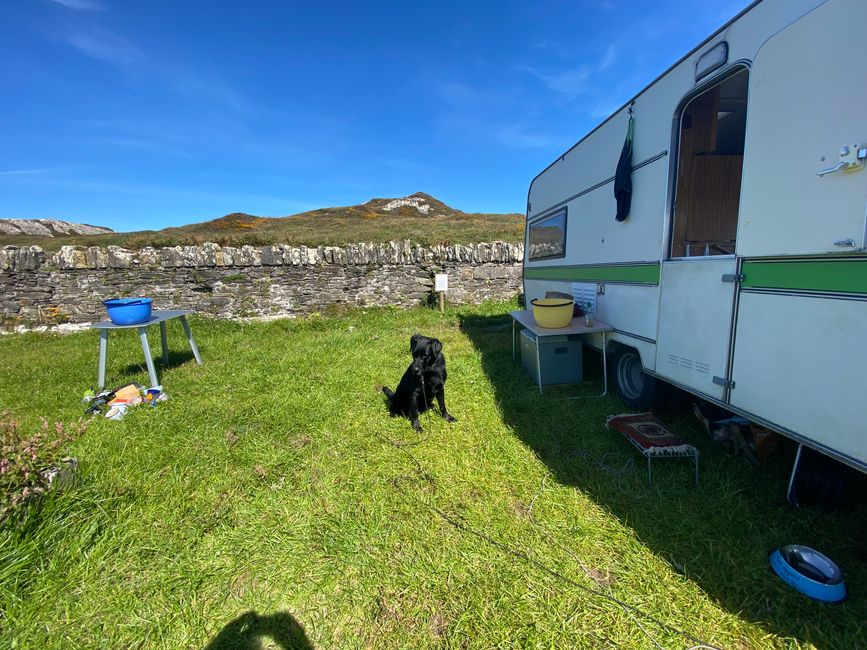Traveling and camping with dogs
Diterbitake: 16.08.2023
Langganan Newsletter
The topic of hiking with dogs in Ireland has already been covered in one of the previous posts, now I know that some hiking apps also have the function 'dog-friendly!', which is extremely helpful!
Today, it's time for general things to consider when traveling with dogs.
We are currently traveling within and outside the EU, so our dogs have a microchip and a pet passport with chip number and vaccination records. Our trusted veterinarian can provide better information about deworming, vaccinations, and rabies titers. We visited our vet early on to ensure that we are well-prepared for the trip.
On the day of departure, we even received a travel first aid kit, which is extremely useful. It was specially tailored to Nerone by Meta Lahn, the veterinarian at Pattenham Veterinary Practice. Nerone has managed to somehow pull out a claw multiple times or split it almost all the way back into the nail bed. You should inquire about the first aid kit and travel pharmacy from your veterinarian and get tips. Meta always has tips for traveling with dogs on her website.
https://www.tierarzt-pattenham.de
I also learned some other things from her, because Loki has a collar with my phone number on it, but of course, that's all just for the worst-case scenario. He is also registered with Tasso.
To prevent the dog from running away due to fear or other reasons in unfamiliar terrain, we keep them on a leash. At home, they are allowed to roam freely, but we always avoid it in unfamiliar areas. You can see the neon orange long line in the pictures that Loki always wears, making it visible to other dog owners that he is secured. (Or in Ireland, for the farmer who doesn't like dogs!) I always hold the leash in my hand so that the rascal can't misbehave, it doesn't drag on the ground here.
To ensure that this works without any problems, please attach the leash to a harness instead of the collar. This way, if the mischief god gets tangled up somewhere with the leash, he cannot strangle himself or panic because he can't breathe.
The harness also comes in handy when camping if you want to secure the dog in front of the caravan or camper, for example, with a tie-out or leash. This way, hopefully, nothing can happen. There are dogs that don't run away from the caravan, but our two specimens are territorial when they are together. We have a portable fence that we haven't tested yet, but other campers swear by it. We'll see, I hope we can test it at the next stop where there hopefully isn't as much foot traffic.
Most of the time, we only have one dog outside while the other one stays in the caravan. CAUTION, there are also some pitfalls here, please remember that food should not be accessible, just like in the kitchen, or reliably closed with a lid. The garbage should also not be hanging around in the mobile home, as we have already experienced Loki emptying the trash and Nerone eating the salad with tomatoes.
It is possible to leave them alone in the camper if they have gotten used to it. Here, roughly the same rules as getting used to being alone at home apply. Barking dogs at the campsite are not appreciated by the neighbors or owners, and you can never completely prevent it, but camping sites are not called 'Well behaved dogs only' for nothing.
They always have WATER in front of them, whether inside, outside, or in the car doesn't make a difference.
Speaking of cars: We have a crate with a partition for both of them, they are familiar with the crate and used to it, and they are safer than being secured with a harness on the back seat. That doesn't mean the other system is bad, but since I have heard about some accidents with shocked dogs, I prefer a safety measure that will hopefully withstand an accident.
When it comes to food, I can only share my experience, which will surely provoke discussions, but please note that everyone can and may go their own way, and everyone can and may have their own opinion.
We BARF our boys, which started when Nero kept bringing home Giardia. The veterinarian pointed out that most types of food contain substances that contain starch, so we put him on a diet without potatoes and grains and enriched it with raw meat. The symptoms soon disappeared, but this is not an indication of how to deal with the little pests in the gut, it's just my experience. I'm not a nutritionist, and BARF also divides opinions, so please refrain from commenting.
Compared to Nero, Loki doesn't tolerate a lot, while Nerone is actually an omnivore, as evidenced by eating salad with tomatoes, lasagna that is not finished yet, etc. For the trip, we've made a compromise because in some countries, we won't be able to get meat for BARF and will likely switch to dry food, as regular meat from the butcher would be quite expensive in the long run. BARF is available in most countries, except in France, where we have encountered some limitations, which is why we are now better prepared with dry food. We have searched for the right food for them for a long time, the one that we will hopefully also find in European countries, and we have two options here that Loki tolerates well.
Please test beforehand which food your dogs tolerate, bring a supply on your travels, or make sure that the food is also available abroad.
Thanks to the coat color of our sniffing noses, we tend to travel in the northern regions. However, we still have to pay attention to the temperature in the caravan, car, or shade and ensure there is enough water.
Most camping sites have emergency numbers, including veterinarians, but hopefully, we won't need them.
Happy travels!
Langganan Newsletter
Wangsulan
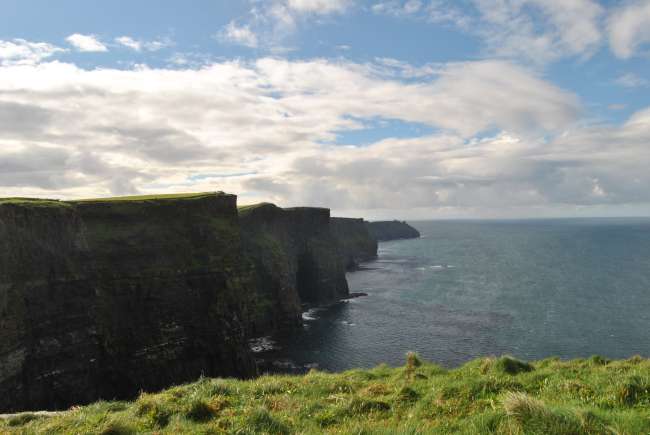
Laporan perjalanan Irlandia

